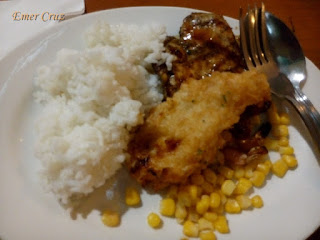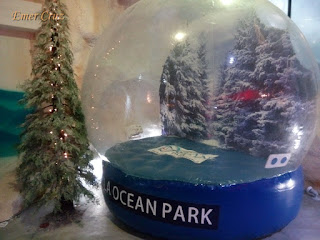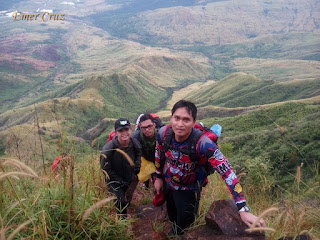Las Casas is a unique Spanish-Philippine heritage site located in the town of Bagac, Bataan which features mansions from the Spanish colonial period dating back from 17th to the 19th century. "Casa" which means houses in Spanish word were delicately dismantled brick by brick and were carefully transported to Bagac to preserve the antiquity. Each went a rigorous process of reassembling the door, window, tiles and even all the bricks.
My sister who went on a Las Casas tour narrates her experience. She said it was like being transported back in time where the streets are made up of cobblestones which is comparable to Vigan except that Las Casas has so much more to offer because the houses came from different parts of the country. The site has 55 different heritage houses spread across a 400 hectare park owned and developed by Gerry Acuzar.
How to Get There:
1. Ride a bus bound to Balanga, Bataan (Bataan Transit & Genesis Transport).
2. Once in Balanga, ride a bus bound to Bagac. And from the town proper of Bagac, hire a tricycle that will take you to Las Casas.
3. For more information and reservation you can visit their website Las Casas de Acuzar
My sister who went on a Las Casas tour narrates her experience. She said it was like being transported back in time where the streets are made up of cobblestones which is comparable to Vigan except that Las Casas has so much more to offer because the houses came from different parts of the country. The site has 55 different heritage houses spread across a 400 hectare park owned and developed by Gerry Acuzar.
How to Get There:
1. Ride a bus bound to Balanga, Bataan (Bataan Transit & Genesis Transport).
2. Once in Balanga, ride a bus bound to Bagac. And from the town proper of Bagac, hire a tricycle that will take you to Las Casas.
3. For more information and reservation you can visit their website Las Casas de Acuzar




















































